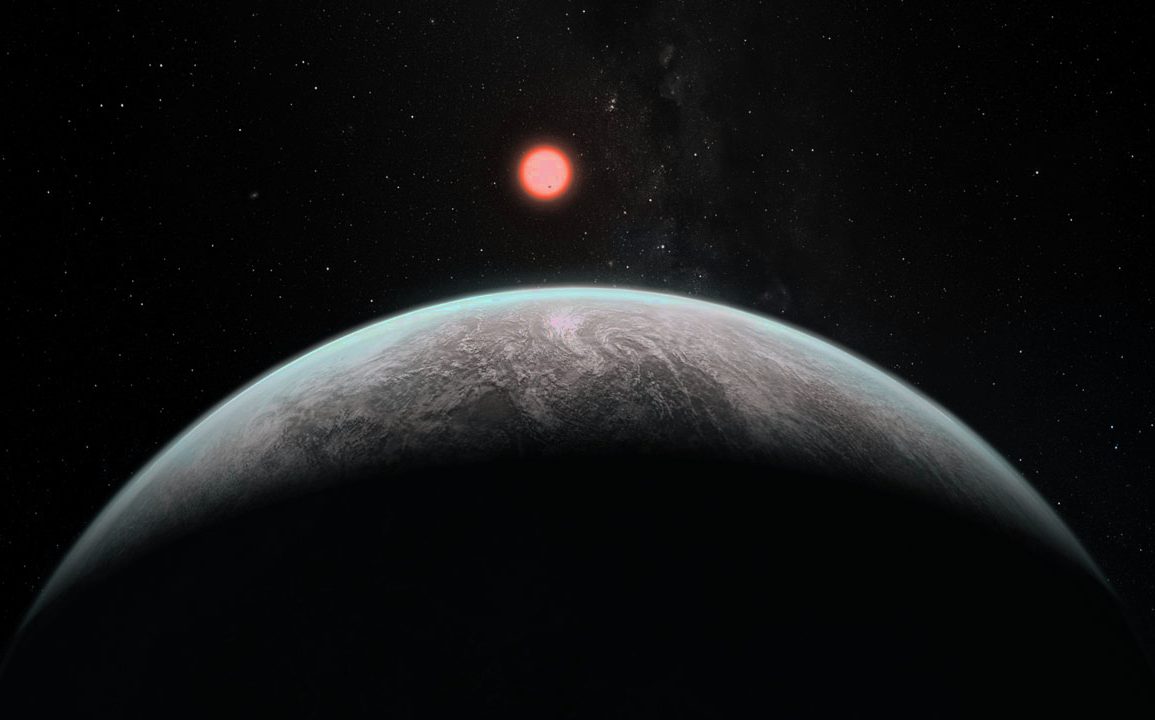Over the past few decades, the number of extra-solar planets that have been detected and confirmed has grown exponentially. At present, the existence of 3,778 exoplanets have been confirmed in 2,818 planetary systems, with an additional 2,737 candidates awaiting confirmation. With this volume of planets available for study, the focus of exoplanet research has started to shift from detection towards characterization.
For example, scientists are increasingly interested in characterizing the atmospheres of exoplanets so that they can say with confidence that they have the right ingredients for life (i.e. nitrogen, carbon dioxide, etc). Unfortunately, this is very difficult using current methods. However, according to a new study by an international team of astronomers, next-generation instruments that rely on direct imaging will be a game-changer.
The study, “Direct Imaging in Reflected Light: Characterization of Older, Temperate Exoplanets With 30-m Telescopes“, recently appeared online. The study was led by Michael Fitzgerald and Ben Mazin – an associate professor of astrophysics at the University of California Los Angeles (UCLA) and the Worster Chair in Experimental Physics at the University of California Santa Barbara (UCSB), respectively.
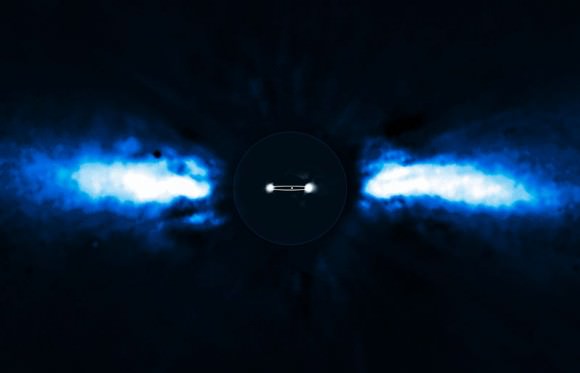
They were joined by researchers from the University of Montreal’s Institute for Research on Exoplanets (iREX), NASA’s Jet Propulsion Laboratory, the Carnegie Observatories, the Steward Observatory, the National Astronomical Observatory of Japan, the Massachusetts Institute of Technology (MIT), the California Institute of Technology (Caltech), and multiple universities.
As they indicate in their study, our abilities to characterize exoplanets is currently limited. For instance, our current methods – the most widely-used being the Transit Method and Radial Velocity measurements – have led to thousands of short-period planets being discovered (planets that orbit close to their suns with a period of about 10 days). However, the sensitivity of these methods begins to drop off substantially the further the exoplanet is from its sun.
What’s more, long-period planets are also largely inaccessible as far as their spectra is concerned. This type of analysis involves measuring the light that passes through a planet’s atmosphere as it transits in from of its star. By measuring its spectra to determine its composition, scientists can characterize the exoplanet’s atmosphere and determine if a planet could in fact be habitable.
To address this, the team suggest that direct detection (aka. direct imaging) will be an more effective method for characterizing the atmospheres of exoplanets. As Dr. Étienne Artigau, a researcher iREX and a co-author on the study, explained to Universe Today via email (translated from French)
“No planet detected for now has been found in “reflected light”. When we see the planets of our solar system, it is because they are illuminated by the Sun that we can see them. In the same way, the planets of the other stars reflect light and it must be possible to detect this light with a sufficiently powerful telescope. The flux ratio between the planets and their star is enormous, of the order of 1 billion, compared to the planets detected by their thermal emission, or this ratio is rather of the order of 1 million.”
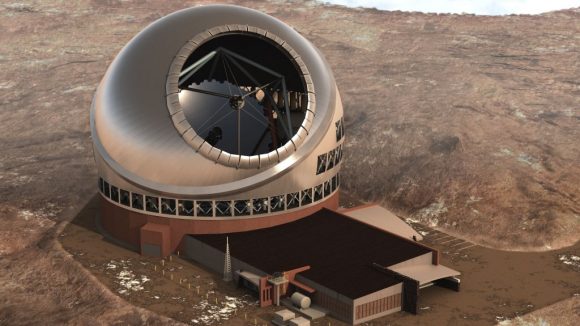
At present, direct imaging is the only means of obtaining spectra of non-transiting exoplanets, especially those that are at intermediate and wide distances from their suns. In this case, astronomers obtain spectra from light reflected off of the exoplanet’s atmosphere to determine its composition. Only a handful of exoplanets have been directly imaged thus far, all of which were self-luminous super-Jupiters that orbited their host stars at a distance of hundreds or thousands of AU.
These planets were very young and had temperatures in excess of 500 °C (932 °F), which makes them a rather rare class of planets. As a result, astronomers have no information on the diversity of exoplanet atmospheres, especially when it comes to smaller, rocky planets that have temperatures more akin to that of Earth – where surface temperatures average around 15 °C (58.7 °F).
This is due to the fact that existing telescopes simply do not have the sensitivity to directly image smaller planets that orbit closer to the stars. As they determined in their study, characterizing the atmospheres of planets that are within 5 AU of their stars (where radial velocity surveys have revealed many planets) would require a telescope with a 30-meter aperture combined with advanced adaptive optics, a coronagraph, and suite of spectrometers and imagers.
“In short, no current telescope can detect these planets, even around the stars closest to us, but there is every reason to believe that the next generation of telescopes with a diameter of 30 m and more will be able to do so,” said Artiqua. “It is not certain that one will be able to detect, initially, planets like the Earth, but at least one should be able to detect planets comparable to Uranus and Neptune, which would be already a superb result.”
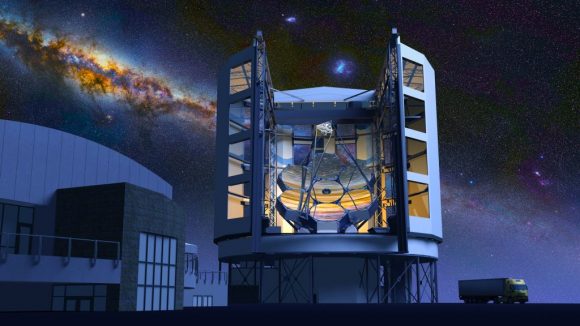
Such next-generation facilities and adaptive optics instruments include the Planetary Systems Imager (PSI) on the Thirty Meter Telescope (TMT), which is proposed for construction on Mauna Kea, Hawaii. And there’s the GMagAO-X instrument on the Giant Magellan Telescope (GMT), which is currently under construction at the Las Campanas Observatory and scheduled for completion in 2025.
As Artigau indicated, surveys conducted with these next-generation instruments will enable astronomers to detect and characterize a wider range of planets, as well as enable to look for possible signs of life (aka. biosignatures), like never before:
“This will allow us to directly study the light coming from planets just a little bigger than the Earth (and maybe like the Earth if we are optimistic). This is one of our best chances to look for life signatures in these atmospheres. Even if we do not find a life signature, it will make it possible to understand whole classes of planet that we see indirectly (transits, radial velocity) but of which we know nothing… The importance of direct imaging is that it allows to directly probe the atmosphere, and even the surface, of these planets. The addition of a high-resolution spectrograph also provides an idea of winds and global wind circulation, as well as probing the presence of different molecules.”
Of course, there will still be limits to what scientists can learn using the direct imaging method, even with these next-generation instruments and telescopes at their disposal. But the possibilities and the implications for exoplanet research are nothing short of immense. For starters, astronomers would be able to get a better idea of the demographics of smaller, rocky planets that orbit within their stars’ respective habitable zones.
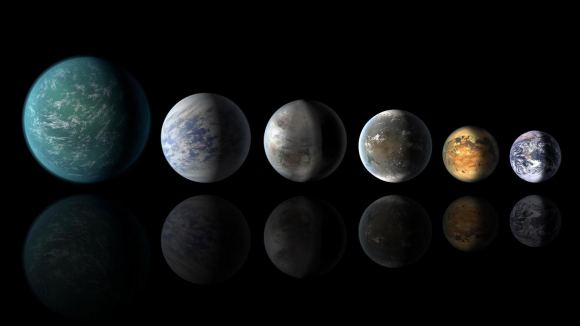
“The detection of ‘potentially habitable’ planets is surely the most exciting case here, but it’s important to keep in mind that it’s going to remain quite difficult even with the 30m telescope,” said Artigua. “When we make a statistical prediction, there should be only a few (probably less than 10) terrestrial planets which will be accessible and will have a temperature comparable to ours.”
Within this range of planets, Artigau and his colleagues can imagine a number of interesting scenarios. For instance, some may be Venus-like, where dense atmospheres and a relatively close orbit result in a runaway greenhouse effect. Others may be like Mars, where solar wind or eruptions have stripped away the planets’ atmospheres. Beyond that, there may be terrestrial planets that we can’t even begin to imagine.
“In short, the habitable planets could very well have more imagination than us,” Dr. Artiqau concluded. “This diversity of exoplanets also implies that we must be careful when we predict that it will be habitable.”
“[The] bottom line is we can do amazing things in the study of exoplanets from the ground with 30-m telescopes, but significant investment in technology is needed to get ready to build these instruments for 30-m telescopes,” added Mazin.
The study was made possible thanks to additional assistance provided by the National Research Council of Canada (NRC) and the Giant Magellan Telescope Organization (GMTO) Corporation.
Further Reading: arXiv

